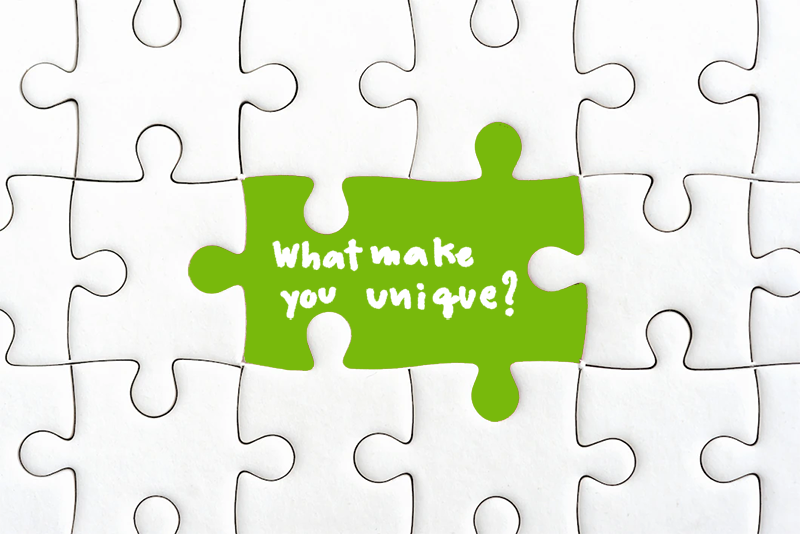
Many parts of SEO are used to help your site rank higher. And SEO-friendly images are a huge part of your website’s overall structure and rank.
When you optimize images for search engines, it will help your site rank top for search engines like Google, Bing, etc. Several thoughts can be put into how to optimize your images and graphics for search rightly.
You might not use all the methods, but chances are you are undoubtedly using more than 1 or 2 of them. From creating optimal image size for the web to using correct alt tags, you are optimizing.
Using Images SEO techniques would be at the top of your strategy when it comes to structuring.
1. Create Unique Images

Users are much more likely to react to graphics before reading your content. It is human nature to concentrate our attention on graphics.
An attractive image that connects your content in an ideal way can inspire users to share your post and undoubtedly leave an impression.
Take some time to source out pictures that illustrate the subject of your content with drama, romance, or humour to appeal to your readers on an emotional level, and you will connect them more than a charming commercial shot of your new item.
If you can add your unique image, that is even perfect for search engine optimization purposes.
This is particularly true if your subject discusses a product or service that you offer – do not use the similar old royalty-free images that everyone has seen several times. Take some time to capture an image yourself specific to your business and use that instead.
2. Choose the Right File Format
The proper image format also plays a crucial part. Currently, the most well-known image formats are:
- JPEG – You can fix the image quality level as per your requirements. The most significant benefit of using JPEG format is keeping file weight light. It’s also well supported if you don’t need photos with transparent backgrounds.
- PNG – It can be a great alternative to JPEG. It comes with a big file size, but the PNG file format produces better image quality than others do. It also supports transparency, has an excellent colour range, and has auto gamma correction capability.
- GIF – This file format is used for simple and short animations. It offers transparent background and reduced file size to simple image files.
- SVG – This file format is suitable for icons and logos. These files are super light and work remarkably with visuals that have limited colours and simple illustrations.
Always consider the image role on your website. Then decide what type of format will fit perfectly with the image. And in case you seek assistance in choosing the proper image size and format, you must hire a professional web design agency to get the most out of your user-friendly website.
3. Resize your images
Google is giant on Smartphones, going as far as to make a mobile-first index. This means you need to account for mobile phones with your photos. By resizing large image files, you can boost webpage speed, which is vital for viewing.
Webpages that take too much time to spool often suffer a huge bounce rate due to the swift departure of keen visitors looking for an instant solution.
Use small and high-resolution images of your product and provide visitors with the choice to view an enlarged image.
So, how do you make sure high-quality photos are not weighing down your pages?
Simply resizes them using several free image compressor tools on the web. You will retain most of the image quality while drastically compressing its size.
4. Use descriptive ALT text and captions
Alt-text is the text, which is used to describe your graphic.
Alt-text is vital for two crucial reasons:
- Alt text will show if there is a problem rendering the image.
- Alt-text is often an essential resource of the graphically impaired, as a display, the reader will read the words aloud to describe your image.
In general, you would make the alt text super descriptive yet short and right to the point. Include keywords you want to rank top for without keyword stuffing.
As much as blog writers hate to heart it, image captions are read 4 times more than full body copy. That is why it is vital to include captions when you can.
This is also one of the techniques Google gathers info about your page. The more descriptive an image caption is, the more likely Google will interpret your webpage rightly.
5. Add Images to Your Sitemap

Google encourages site owners to add images to your sitemap to assist them in better-crawling Webpages and get them to index.
They also permit you to include photos in your sitemap make a separate sitemap to submit.
By providing precise info to Google about the image on your site, you boost the likelihood of them showing up in image search, boosting your site’s overall visibility.
6. Make Your Images Mobile-Friendly
Are your images are mobile-friendly? If not, it is time to optimize them for mobile phone screens. Most online users have a smartphone, and they will surely use it someday to visit your site.
If your images and site are not responsive to mobile phones, your visitors will not provide a 2nd thought before opting out of it.
This will contribute to boosting bounce rate, negatively affecting your SEO. If you do not want that to occur, ensure mobile-friendly graphics. It means that your images will scale according to the potential of the mobile your user is using to visit your site.
Therefore, your images will seem equally acceptable no matter what smart device they are using.
Conclusion
Image SEO is essential for search engine ranking. Furthermore, optimizing your graphic or image will also lead to a superior user experience for your website.
So, start implementing the Image Search Engine Optimization tips above to improve your search engine rankings. You start by auditing your existing content and data and optimizing existing graphics and images.
You have to take care of these six essential image SEO practices for any future image that you will add to your website. Therefore, before you start to upload your photo on your website; follow the image SEO rituals from above.
If you have any doubts about optimizing your images, you reach the Search Engine Optimization team to handle your case.


